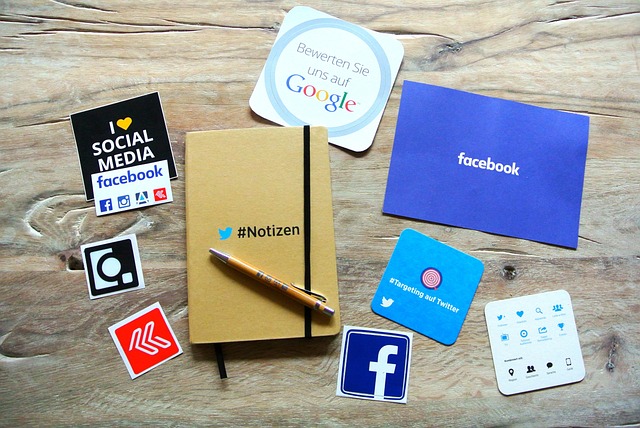AI-driven data visualization is transforming business intelligence, especially in healthcare where it facilitates AI health code compliance tracking. By automatically analyzing complex datasets using machine learning, these tools enable real-time monitoring of key performance indicators (KPIs), detect anomalies, and ensure regulatory adherence. Best practices for implementing AI visualizations include integrating with existing systems, maintaining data quality, and customizing to specific business needs. Future advancements promise even more dynamic insights across sectors like healthcare and finance through enhanced natural language processing, low-latency updates, and seamless integration with compliance tracking systems.
“Unleash the power of AI-driven data visualization for your business. In today’s data-rich landscape, understanding trends and insights is crucial for success. This article explores how AI-powered tools revolutionize data analysis, offering unprecedented efficiency gains, especially in sectors like healthcare. We delve into the benefits of AI health code compliance tracking, where automated systems ensure precise monitoring and reporting. Additionally, we uncover future trends and best practices for implementing AI visualizations, providing a comprehensive guide to harnessing this game-changing technology.”
- Understanding AI-Powered Data Visualization and its Benefits for Businesses
- How AI Business Tools Enhance Health Code Compliance Tracking
- Implementing AI Visualizations: Best Practices and Future Trends in Data Analysis
Understanding AI-Powered Data Visualization and its Benefits for Businesses

AI-powered data visualization is transforming how businesses interpret and communicate complex datasets. By leveraging machine learning algorithms, this technology can uncover hidden patterns, trends, and insights within vast amounts of information, making it a valuable asset for companies across industries. Unlike traditional data analysis methods, AI systems can automatically process and analyze large volumes of data, generating dynamic and interactive visualizations that simplify understanding.
One significant benefit is its ability to enhance decision-making processes through real-time tracking and compliance monitoring, especially crucial in sectors like healthcare where AI health code compliance is essential. These visual tools provide a clear and intuitive representation of key performance indicators (KPIs), allowing businesses to quickly identify deviations from standards, detect anomalies, and ensure adherence to regulations. This prompt interpretation facilitates timely corrective actions, ultimately leading to improved operational efficiency and risk management.
How AI Business Tools Enhance Health Code Compliance Tracking

AI business tools powered by artificial intelligence are transforming the way healthcare organizations manage and interpret vast amounts of data, including health code compliance tracking. These advanced systems can automatically process and analyze regulatory requirements, such as HIPAA or GDPR, and compare them against an organization’s practices and procedures. By leveraging machine learning algorithms, AI can identify potential gaps in compliance and flag issues in real-time, enabling businesses to take immediate corrective actions.
Moreover, AI health code compliance tracking tools offer greater accuracy and efficiency compared to manual methods. They streamline the process of data collection, validation, and reporting, reducing human error and saving valuable time. This allows healthcare professionals to focus on patient care while ensuring that all legal and ethical standards are met.
Implementing AI Visualizations: Best Practices and Future Trends in Data Analysis

Implementing AI-powered data visualizations is revolutionizing how businesses interpret and communicate complex information. To maximize their impact, organizations should adopt best practices such as integrating AI with existing data infrastructure, ensuring robust data quality, and training models on diverse datasets to avoid bias. Customization is key; tailoring AI visualizations to specific business needs and user roles enhances adoption and comprehension.
Looking ahead, future trends in AI-driven data analysis include advanced natural language processing for interactive insights, real-time updates with low latency, and seamless integration with AI health code compliance tracking systems. These innovations promise to make data analysis more dynamic, intuitive, and actionable across various industries, from healthcare to finance.
AI-powered data visualization is transforming how businesses interpret and utilize their data, especially in critical areas like health code compliance tracking. By leveraging AI, companies can gain deeper insights, automate processes, and make more informed decisions. As we look to the future, embracing best practices and staying abreast of emerging trends will be key to unlocking the full potential of AI visualizations. This technology promises to revolutionize data analysis, ensuring businesses remain competitive and efficient in an increasingly data-driven world, particularly within the context of AI health code compliance tracking.
